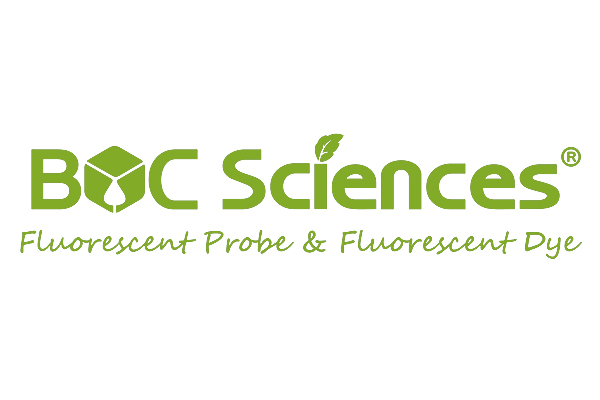Nitric Oxide (NO) & Reactive Oxygen Species (ROS)
-

-

-

-

-

-
 1,3-Propanediamine,N1-[4-[1-(3-aminopropyl)-2-hydroxy-2-nitrosohydrazinyl]butyl]-
1,3-Propanediamine,N1-[4-[1-(3-aminopropyl)-2-hydroxy-2-nitrosohydrazinyl]butyl]-CAS No.:
Purity:
CAT:
-

-

-

-

-

-

-

-

-

-

Background
BOC Sciences is committed to providing customers with high-quality nitric oxide (NO) & reactive oxygen species (ROS) fluorescent probes. Reactive nitrogen and reactive oxygen play an important role in many physiological processes of the human body and disease detection. Our series of probes can generate or detect nitric oxide and various reactive oxygen species.
Nitric oxide (NO) fluorescent probes
The most important reactive nitrogen compound is nitric oxide (NO). NO is an important messenger molecule in cells. It can not only participate in the regulation of the cardiovascular system, but also has important significance in the regulation of various physiological and pathological processes such as neurotransmission, inflammatory response and immune response. The detection of NO is of great significance to the study of its physiological and pathological mechanisms.
The detection methods of NO mainly include fluorescent probe method, ultraviolet-visible absorption spectroscopy, chemiluminescence method, electron paramagnetic resonance spectroscopy, electrochemical method, chromatography and capillary electrophoresis. Compared with other analytical methods, the fluorescent probe method is considered to be one of the most ideal methods for detecting NO. The fluorescent probe method has the advantages of high sensitivity, good selectivity, real-time detection, convenient operation, little harm to cells, and no damage to the sample during the detection process. In addition, the combination of fluorescent probes and microscopic imaging technology can provide time and spatial information of NO in living cells, thereby revealing the role of NO.
Reactive oxygen species (ROS) fluorescent probes
Reactive oxygen species (ROS) refers to oxygen-containing free radicals related to oxygen metabolism in organisms and intermediate products with high activity that do not exist in the form of free radicals, including superoxide anions, hydroxyl radicals, hydrogen peroxide, singlet oxygen, Hypochlorous acid, etc. ROS regulates gene expression in organisms, participates in signal transduction and immune response. However, excessive ROS can cause oxidative stress, leading to cell damage or death. The research on the changes of ROS helps to reveal the inner molecular mechanism of various life activities.
The detection methods of intracellular ROS mainly include chemiluminescence method, electron spin resonance method, spectrophotometry and fluorescent probe method. Among them, the fluorescent probe method has high sensitivity and the ability to provide temporal and spatial information of target biomolecules. Therefore, the fluorescent probe method can detect ROS in cells and then detect the behavior of target biomolecules in real time. After the fluorescent probe reacts with ROS, a product with strong fluorescence is generated. By detecting the fluorescence intensity of the reaction product, the level of ROS can be reflected to a certain extent.
Resources

- Hoechst Dyes: Definition, Structure, Mechanism and Applications
- Mastering the Spectrum: A Comprehensive Guide to Cy3 and Cy5 Dyes
- Fluorescent Probes: Definition, Structure, Types and Application
- Fluorescent Dyes: Definition, Mechanism, Types and Application
- Coumarin Dyes: Definition, Structure, Benefits, Synthesis and Uses
- Unlocking the Power of Fluorescence Imaging: A Comprehensive Guide
- Cell Imaging: Definitions, Systems, Protocols, Dyes, and Applications
- Lipid Staining: Definition, Principles, Methods, Dyes, and Uses
- Flow Cytometry: Definition, Principles, Protocols, Dyes, and Uses
- Nucleic Acid Staining: Definition, Principles, Dyes, Procedures, and Uses
Online Inquiry

